EASY FORENSIC SCIENCE EXPERIMENTS
Easy and forensic seem like a dichotomy but it is possible to find easy forensic science experiments. (For example, right here!) Forensic experiments are cool and fun for your kids, grandkids, nieces, nephews, as a classroom activity or for a birthday party, with minimal materials! I’m going to show you how to do 2 forensic science experiments at home!
EASY FORENSIC SCIENCE EXPERIMENTS PODCAST
FORENSICS
What is forensics?
The use of science and technology to investigate and establish facts in criminal or civil courts of law.
Dictionary link hereFORENSIC EVIDENCE
Forensic evidence are the physical items collected or information gathered by scientific methods at crime scenes.
Examples include DNA matching, fingerprint identification, ballistic trajectory, and hair/fiber samples.
Forensic evidence often helps to establish the guilt or innocence of possible suspects.
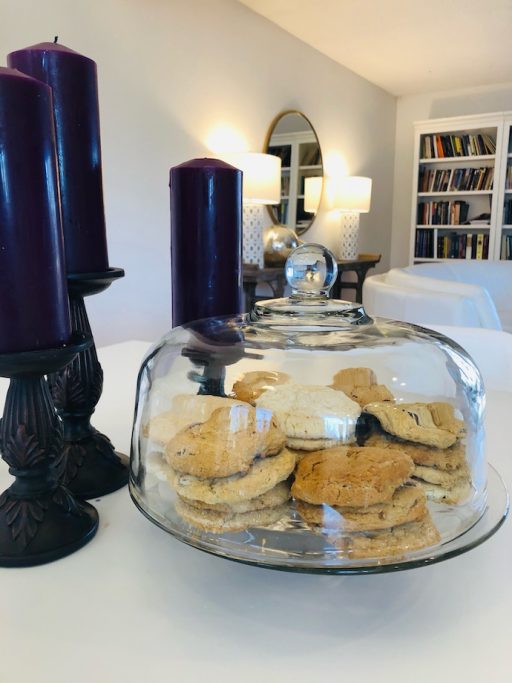
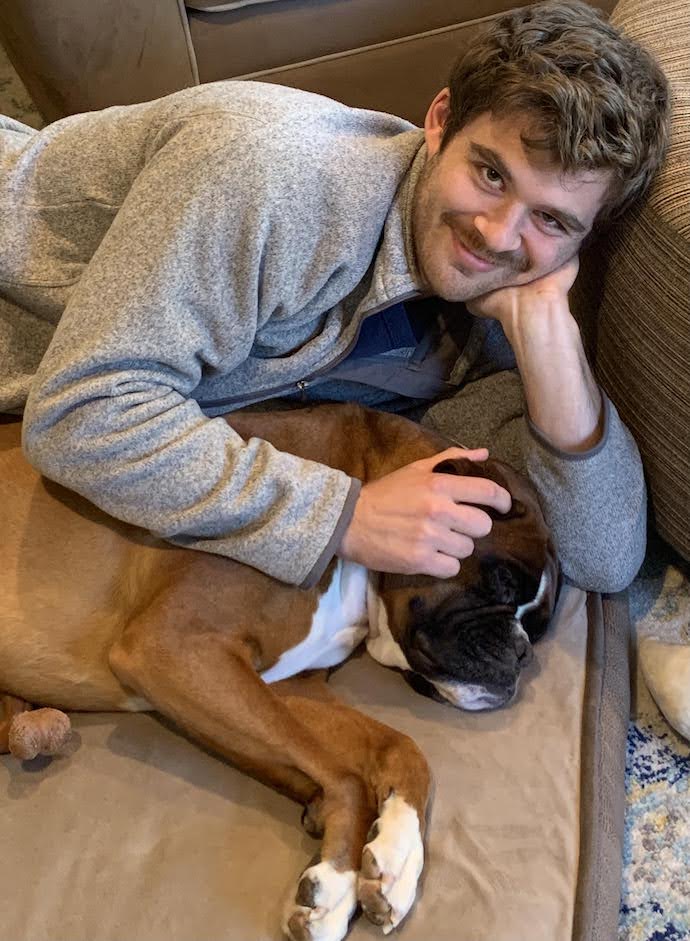
FINGERPRINT FORENSICS
Fingerprints have long been considered one of the most valuable types of physical evidence that can be found at a crime scene.
Fingerprint identification is employed by police squads and agencies as a powerful weapon for combating crime. This technique helps crime fighters all over the world, by providing them with a reliable and accurate means of identifying suspects.
Dactylography is the scientific study of fingerprints as a means of identification.
FORENSIC CHEMISTRY LAB ACTIVITIES
That’s why our easy forensic science experiments will involve fingerprint collection!
First a word about fingerprints. Why do we even have fingerprints? What is the point of fingerprints? When did humans discover them?
WHY DO WE HAVE FINGERPRINTS?
WHAT IS THE POINT OF FINGERPRINTS?
A BRIEF HISTORY OF FINGERPRINTS...or skip the slides if this isn't sufficiently brief!
FINGERPRINT PATTERNS
There are eight fingerprint patterns currently recognized by the FBI, but there are three basic types of fingerprints.
Which fingerprint pattern do you have? One of my kids is excited because he has the arch pattern.
Having a fingerprint database is preferable to other forms of differentiation.
Many civilizations have used tattooing, branding, and even maiming as means of identifying people.
Ancient Romans branded runaway slaves with the letters FVG, meaning “fugitive.” Hm…that guy on the far right has a V on his chest. Maybe he escaped b4 the Romans could finish the job? (He looks a little sketchy.)
Case in point; Nathaniel Hawthorne’s classic, The Scarlet Letter, was based on a 1636 code of laws known as the ‘General Fundamentals,’ put into effect at the colony in Plymouth, MA.
Convicted adulterers were to be punished by wearing the letters ‘A’ and ‘D’ sewn on to their garments.
What do you think the ‘D’ stands for? Dumb dumb?
EASY FORENSIC SCIENCE EXPERIMENTS AT HOME # 1
We can collect all the fingerprints we want, but it won’t do us any good if we can’t ID who belongs to which fingerprints!
To catch a criminal, we need fingerprints on file. Like the FBI, we must create a database!
Ours won’t have 800,000 prints. Maybe stick with family and / or friends!
SUPPLIES FOR CREATING OUR FINGERPRINT DATABASE
INSTRUCTIONS FOR FORENSIC SCIENCE EXPERIMENTS # 1 : FINGERPRINT DATABASE COMPILATION
- Use a piece of fresh paper for each person.
- Color their finger with the marker.
- Press their finger onto the paper.
- Don’t forget to label each paper with names!
- Keep your database together in a folder or binder.
Now that you have your criminals…uh…database compiled, let’s detect a few latent prints.
Wait. What are latent prints? First, a quick word about the 3 types of fingerprints.
THREE TYPES OF FINGERPRINTS
The fact that latent fingerprints are invisible brings us to forensic science experiment # 2!
We’re going to make the invisible, visible!
How? With superglue!
See! An easy forensic science experiment! Go chemistry.
EASY FORENSIC SCIENCE EXPERIMENTS # 2
This isn’t magic. It involves a chemical reaction. Chemistry experiments! Hurrah.
SUPPLIES FOR THE SUPERGLUE IDENTIFICATION METHOD
- Superglue
- Cotton balls
- Small glass that will fit into our gallon-sized bag
- Aluminum foil
- Gallon-sized, sealable bag
- Gloves optional
INSTRUCTIONS FOR EASY FORENSIC SCIENCE EXPERIMENTS # 2
I decided a how-to video of this forensic experiment was a good idea. I also wanted to see if it would really work. It was fun, made more fun because the experiment was a success!
What wasn’t as much fun was balancing my phone on two stacks of books and talking while worrying about it falling down. Or using the brand-new-to-me editing software. I wanted to create a cohesive you tube video.
The learning curve was steep. I figure I can only go up from here. Right?
THE FORENSIC SCIENCE EXPERIMENT IS EASIER THAN EDITING THIS VIDEO!
THE WHY BEHIND THE SUPERGLUE IDENTIFICATION METHOD
For subscribing to my monthly newsletter, I’ll send you a link to download 2 more chemistry projects! (Link below!)

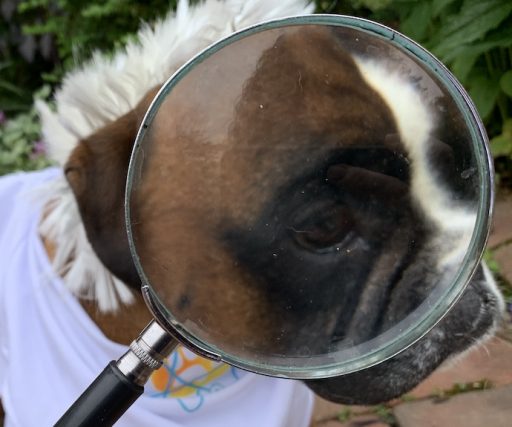
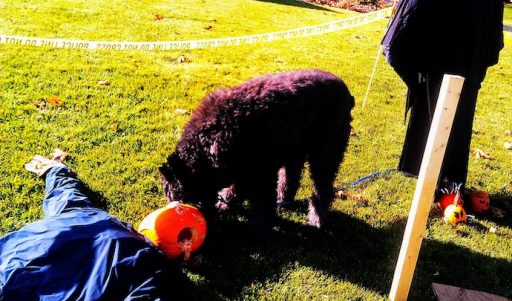

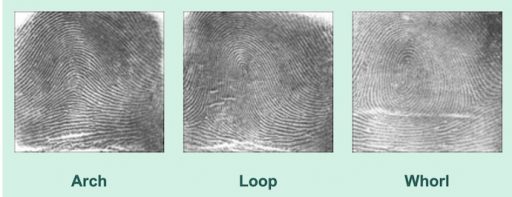
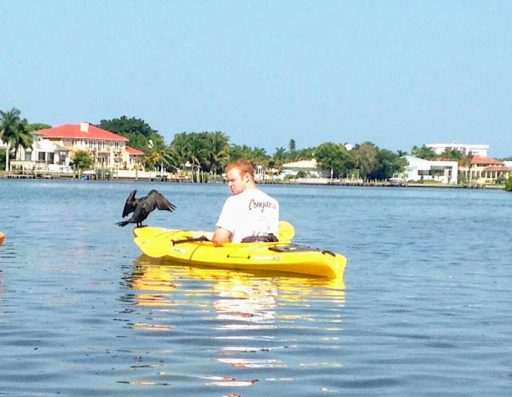

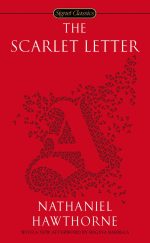
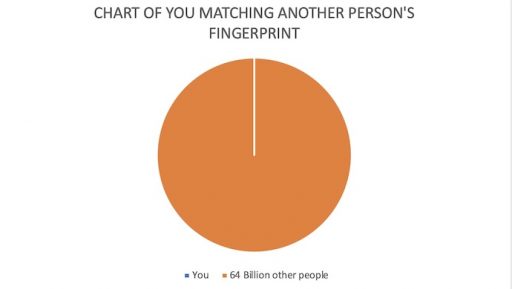
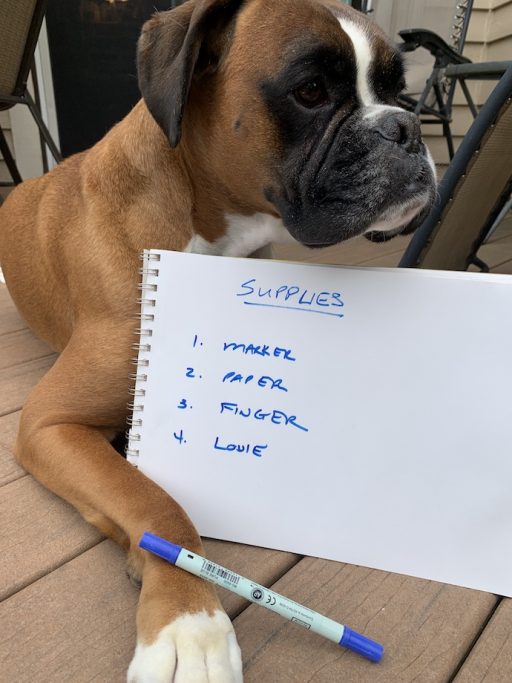
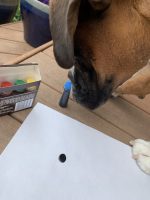
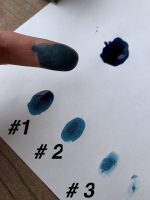
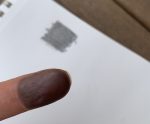
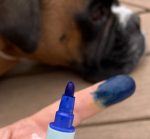



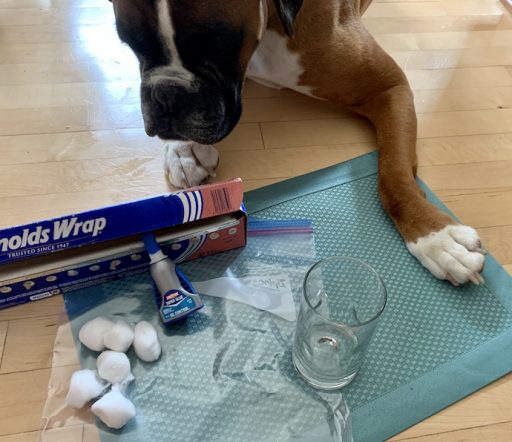

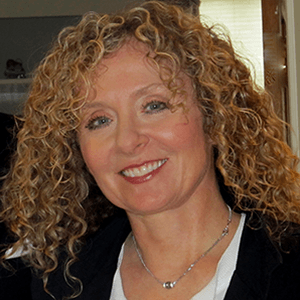
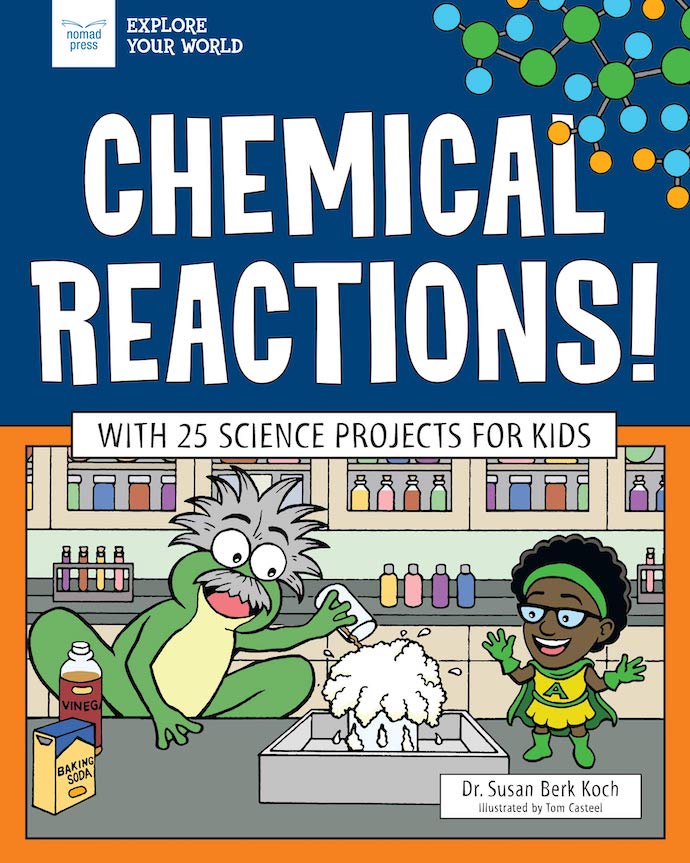
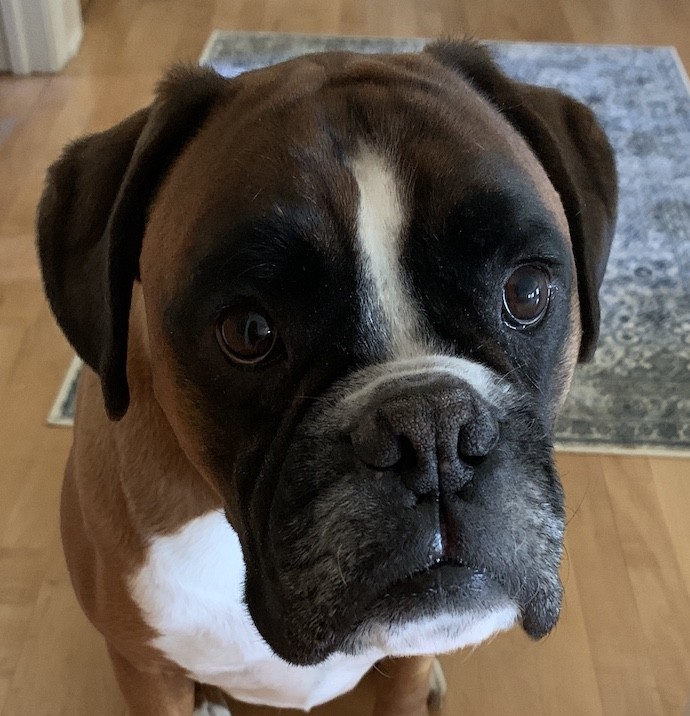
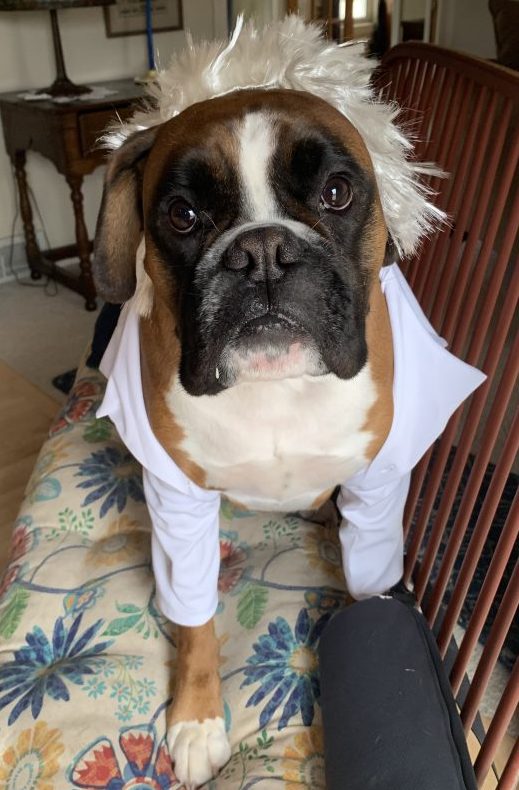
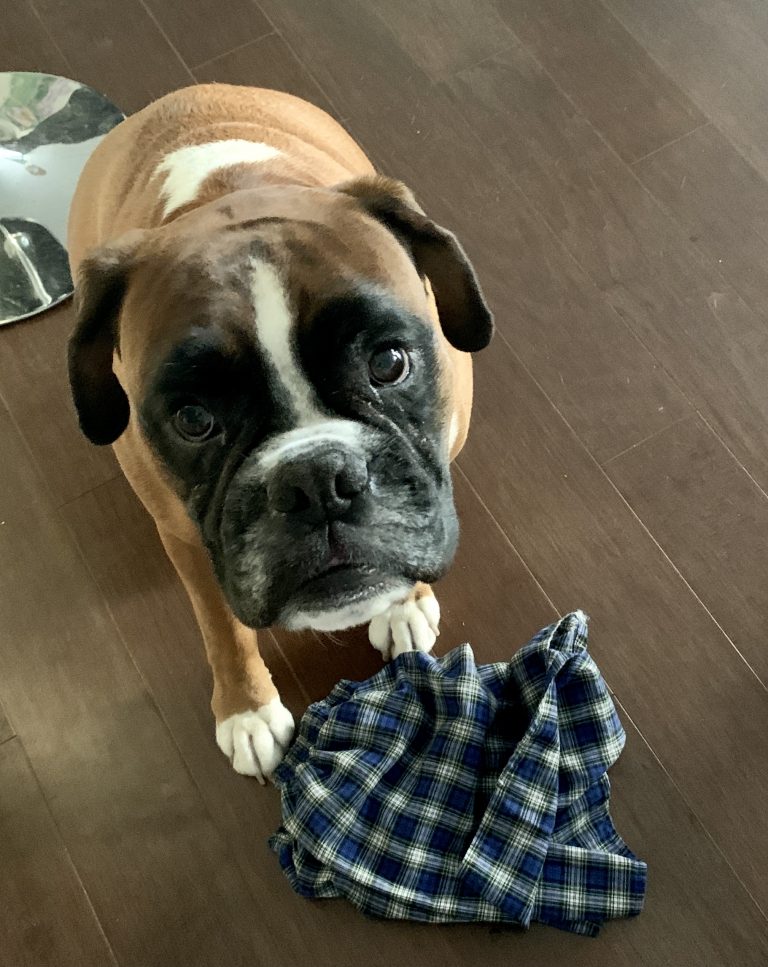
They seem like some awesome forensic experiments to do at home with the kids, who knew you could do suchs things with common products you’d have around the home
Yes, the experiments are awesome and actually work, too! Thank you so much.
As someone who is super into true crime documentaries and and wanted to go into forensics as a teen, these experiments sound so fun! I like how you’ve included instructions as well. Definitely going to give them a go, I’m sure my son would be very interested in some experiments.
What happened to your idea about forensics as a career? I like crime documentaries and dramas too. (We’re currently watching season 10 of Criminal Minds!) I’d love to hear how this goes with your son. Thanks so much!
These forensic science experiments look really fun. I can’t tell which type of fingerprint pattern I have. Maybe a combination? I think your youtube video was great. I’m sure I can reproduce the experiment after watching it. That’s the whole point, right? I can tell you put a lot of work into this. Thanks.
There is a fourth pattern called ‘combination.’ Maybe that’s you? I didn’t want to get too detailed with patterns. I’m glad you thought my video was all right and enjoy my posts! Thanks so much.
How cool! I think you could write a mystery series just based on all of this. Agatha Christie stand aside 🙂
No one trumps Agatha Christie but it’s a fun idea! Thanks so much.
This was really interesting. It looks like so much fun and I’d love to have a go at one of the experiments too.
I hope you give one a try! Thanks so much.
These are so interesting, thank you for sharing these ideas for those showing an interest in forensic science
You’re welcome! Thanks for taking a peek at my post.
What an informative and fun post! I will make sure to show this to my nephews, they would eat it all up. Thank you for sharing this x
I hope they love this! Thanks for sharing the experiments with them!
I loved your post. The forensics experiments can easily make you understand how things work while you also have fun doing them. I will try them out. Thank you for sharing!
I’m so happy that you loved my post. Let me know how it goes if you try them. Thank you!
This reminds me of a recent Letterbox Lab box Flora and I did, with fingerprints being a large part of the activities. Fascinating stuff, Sue, I’m sure Flora would love to try these experiments too, thank you!
Let me know if you decide to give this a try with Flora! It would be a nice adjunct to what she’s learned.Thanks, Lisa!
Hi Sue,
What fantastic, and entertaining, experiments! Making use of all those materials to hand you’re like a MacGyver for kids 🙂 Great job!
Exactly what I have in mind! I love to experiment via do it yourself. MacGyver for kids! Perfect catch phrase, thanks!
Really informative post here! These experiments sound so fun and fascinating – I definitely want to try some of these out! Thanks for sharing x
I find forensics fascinating too. It’s amazing to see those fingerprints appear on the glass…almost like magic. Thanks so much!
My kids are going to love these! And who knew you could have so much fun with stuff around the house. I can’t wait to try them out this summer.
I’ve got other posts with experiments using household items, too! This has two experiments, using junk drawer items! https://susanberkkoch.com/blog/science-at-home-2-fun-experiments/
And in this post, I show you how to make a magnet! https://susanberkkoch.com/blog/science-at-home-magnets/
I’m happy that you’re going to try these out. Thanks so much!
I don’t know if I want my family to know how to check things for my fingerprints. Just kidding! Great post as usual.
HA! Good point. Thanks so much, Mike!
Lol I was obsessed with CSI growing up and I swore I was going to become a forensic scientologist when I grew up. But I realized I don’t think I could handle all the blood and gore that came with that all the time. I became a dental hygienist instead. Somewhat bloody but definitely not as much haha
HAHA! Interesting turn. You still have the science and can also enjoy chatting with live people! Thanks so much.
I love the idea of forensic science experiments. This reminds me of reading or watching a crime show. I remember a couple of years ago I would watch a lot of crime shows.
Now I’m catching up on some of those crime shows you probably used to watch! I’m happy that you like my forensic science experiment ideas! Thank you.
These sound fun! I’m sure my son would love this when he’s older. I have a loop finger print!
Corinne x
Loop! That’s fun to be able to tell. (Mine aren’t distinct.) You’ll have to bookmark this and check back when your son is ready! Thank you.
Wow, I love this post. Halfway through I had to head off to find my magnifying glass to check out my fingerprints. They are arched, so I guess I’m easy to catch with the stolen cookie. I’m going to bookmark this post for when my nephew comes over. Thanks for this.
Arch fingerprints? You may be more at risk for capture! I’m happy to hear that you’re saving this post to have some fun with your nephew! Thank you so much.
This sounds so fun! I love the pictures and the dog is adorable! I think this could be a fun activity for anyone! Thank you for the ideas!
Louie loves to help but doesn’t enjoy posing quite as much. (Like me, actually.) I agree, this would be lots of fun for an adult party, as a who-done-it game. Thank you for stopping by!
These are some great forensic experiments. So interesting and a lot of fun. Thank you for sharing your experience.
Thanks for taking a look!
Fascinating post on fingerprints and very cool to tie them into forensic experiments. Just as humans have unique fingerprints, cows have individual nose prints! Good to know in case one goes rouge!
Wow, I love that fact about cow noses. Do dairy farmers keep a database in case one gets into mischief? I need to look into that further. Thanks for sharing this with me!
I love a good forensic dive, and have all the supplies for these two experiments right at home. Love that you created a video for the second one! It is amazing how quick the filming is and how long the editing of a piece actually takes . . .
Looks like I am a whorl kind of gal myself. 🙂 My guess for the scarlet D: Dangerous.
Thanks for sharing!
Dangerous is a better guess than dumb dumb! You’re so right about the 40 seconds of filming and 4 hours of editing. Maybe with time I’ll pare that latter number down! Thanks so much.
Forensic experiments for kids was a clever and genius idea infact of you to come up with. I didn’t know surface area was for friction or maybe forgot. Second experiment was clever and loved the who ate cookie and then the grin on the man and dog pic. Lol. You do humor so good! Enjoyed xx
Isa A. Blogger
https://bit.ly/3s2ryHq
I’m gratified that you think this idea is clever! I like the grin on the man’s face in that photo too. It was perfect. Thank you so much, Isa!
This post is something I haven’t seen before! I love how your personality is clear and the photos + captions you add. They certainly kept me engaged and chuckling. Forensics always seems so professional, but turns out you can do fun projects with little ones. I’ll certainly bookmark this for whenever I babysit, thanks for sharing Sue! I also really liked the cards with info on them.
Sejal | http://www.thelazygal.com
I appreciate you saying that you like my style! Your pointing out the preconceptions about forensics are exactly why I decided to make it approachable for young kids! Science shouldn’t be intimidating. This would make a great babysitting project! Thanks so much for bookmarking my post!
You’re right, introducing science at a young age is a wonderful way to get them curious and interested. And no problem, it’s a great post☺️
Thank you!
Oh my gosh, this sounds so fun! My oldest two would love this (they are 10 and 7). We will have to give it a try. Thank you!
Your oldest kids will love it! You could definitely set this up as a who done it for them. Let me know how it goes! And thanks.
I’ve been wanting to do forensic science as a job since I was younger. These experiments sound amazing! Thanks for sharing Xo
Elle – ellegracedeveson.com
Forensics is cool and the science changes quickly, with many new developments. I understand the attraction! (Look at me, writing about it.) Thanks so much, Elle!
Hi Sue,
I did this with my seven-year-old grandson and his younger brother. My husband and I set it up the night before that one of us was going to touch the glass. They had to guess whose fingerprint was on the glass. They got it right.
Thanks for the fun experiment.
How fun, Amy! I’m excited that you set it up as a mystery to solve. Hurrah. You’re so welcome. Thanks for checking back and letting me know about your successful experiment.
They seem like some awesome forensic experiments to do at home with the kids, who knew you could do suchs things with common products you’d have around the home
Science amazes me too! I’m happy that so many concepts and experiments are accessible to us for not much money. Let me know how it goes if you try any of these experiments!
Thank you for great content.
You’re welcome! And thank you for stopping by!
Thank you for great content.
You’re welcome! I’m gratified that you enjoyed my post.
Great post thank you.
Thank you so much!
Nice article inspiring thanks.
Thank you!
Thank you for the content.
You’re welcome!
Thank you great post.
You’re welcome.
Thank you for content.
You’re welcome.
Good info. Lucky me I reach on your website by accident, I bookmarked it.
I’m happy you bookmarked my site. Thank you.
Very informative and helpful site
Thank you so much!
Crime stuff always interests me and i have a science fair coming up, this is perfect!
I like crime science, too. I’m so happy that I can help you out! Good luck w/ your science fair. Let me know how it goes!